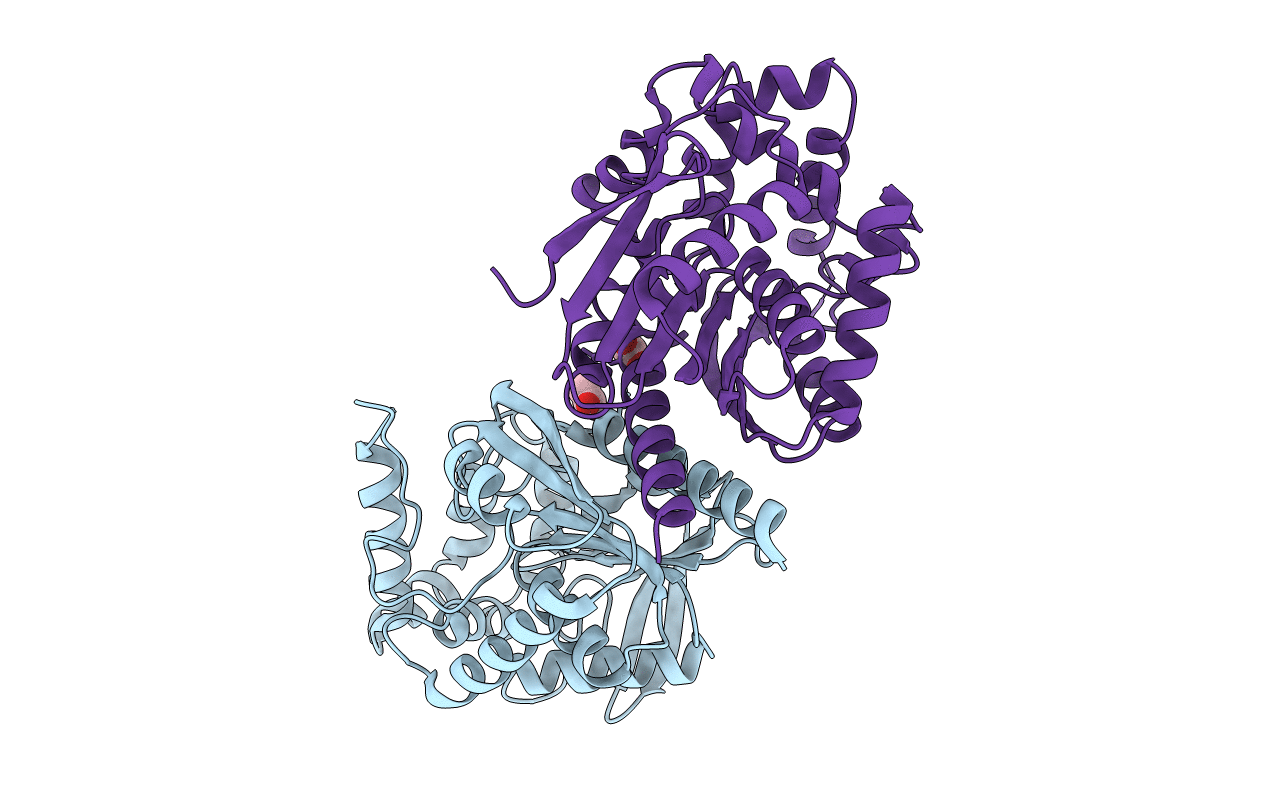
Deposition Date
2020-01-29
Release Date
2020-07-22
Last Version Date
2024-01-24
Entry Detail
PDB ID:
6XY9
Keywords:
Title:
Crystal structure of haloalkane dehalogenase DbeA-M1 loop variant from Bradyrhizobium elkanii
Biological Source:
Source Organism:
Bradyrhizobium elkanii USDA 94 (Taxon ID: 398524)
Host Organism:
Method Details:
Experimental Method:
Resolution:
2.20 Å
R-Value Free:
0.23
R-Value Work:
0.17
R-Value Observed:
0.17
Space Group:
C 1 2 1


